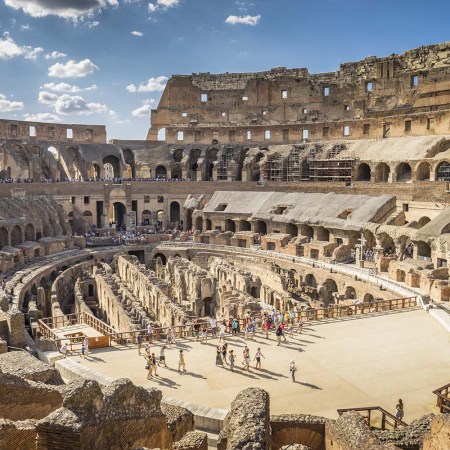The concept is like something out of science fiction: a building with material that, after it sustains damage, is able to repair itself. But we’re not talking about nanotechnology on an interstellar vehicle here; we’re not even talking about something that might take place decades or centuries from now. Instead, this technology came to the foreground thousands of years ago, in the time of ancient Rome.
That’s among the biggest takeaways from a paper recently published in the journal Science Advances. Titled Hot mixing: Mechanistic insights into the durability of ancient Roman concrete, the paper hails the “self-healing potential” of lime clasts, described as “a ubiquitous and conspicuous mineral component associated with ancient Roman mortars.”
In an article in The Guardian on the paper’s conclusions, Nicola Davis points out the authors’ proposal that the clasts, when combined with water, could fill in cracks that appear in structures over time. Lime clasts, Davis writes, are not a building material that’s still used in the present day, with this paper making the case for their importance.
Could these findings lead to a resurgence in the building techniques of the ancient Romans? The paper does make a compelling argument for why certain buildings have stood the test of time.
Thanks for reading InsideHook. Sign up for our daily newsletter and be in the know.


















